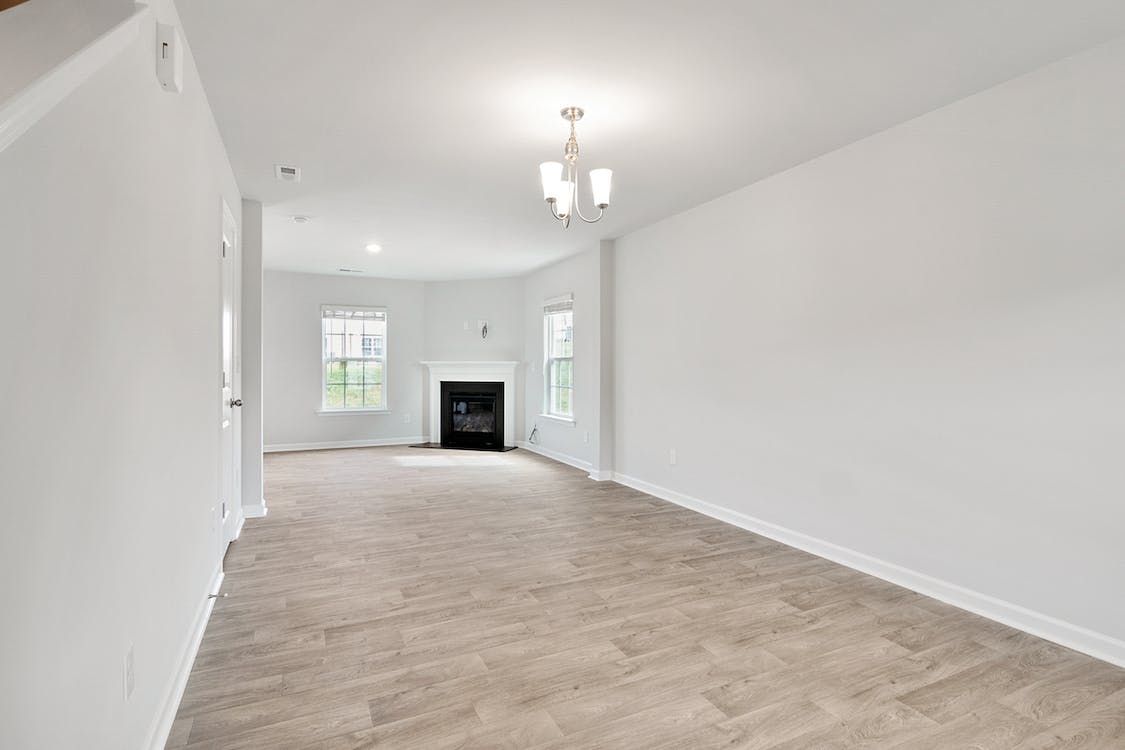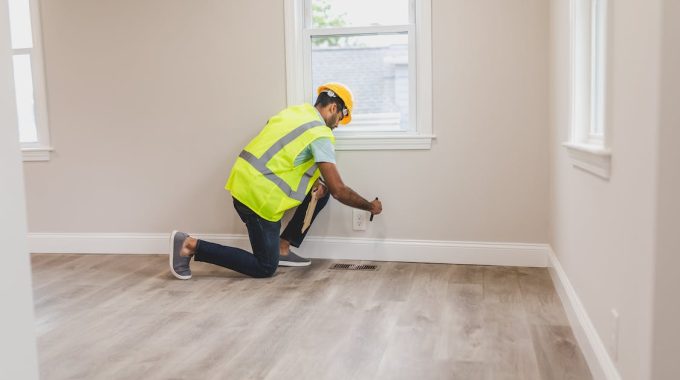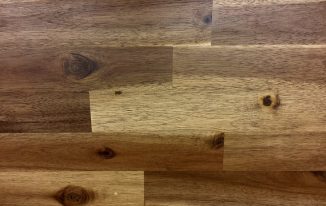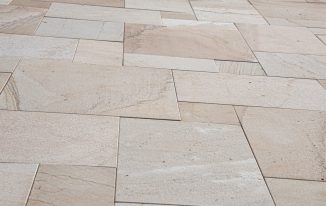How to Install Vinyl Flooring
Installing vinyl on a roll is easy because this material is easy to handle, and cutting with a cutter will not be a problem for a beginner.
There are two choices for laying vinyl flooring:
Glued-down installation: preferable for rooms with a lot of traffic.
Semi-freestanding installation (with double-sided tape): best for rooms smaller than 12 m² and with little traffic.
Tip: to avoid unnecessary expenses or unpleasant surprises at the end of the installation, calculate the quantity of vinyl needed according to your room.
Here are the materials and steps required to lay vinyl on a roll.
Equipment for laying vinyl on the floor
Leveller
Cloth
Round-tipped scissors
PVC glue
Carpenter’s pencil
Cutter
Tape measure
Aluminium ruler 2 m
Rolling pin
Rolling pin
Solvent
Notched spatula
1. Prepare the floor before installation
Whether it is cement, parquet, tiles, etc., the floor must be carefully prepared before installing a flexible floor covering.
The aim is to have a clean, smooth, hard and, above all, flat floor.
2. Position the vinyl strips
Vinyl rolls are between 1 and 5 metres wide. Therefore, it is rare to lay a vinyl floor in one piece.
It is advisable, especially for beginners, to start by positioning the vinyl strips blank, i.e. without glue or double-sided tape. To do this:
Cut the vinyl strip(s) so that they come up to the skirting boards by about 5 cm.
Unroll the vinyl strips on the floor.
Overlap them by 2 or 3 cm, an edge-to-edge installation would not be perfect.
If the configuration allows it, orient the joints perpendicular to the light or in an inconspicuous place.
To avoid differences in reflection or shade, lay all the vinyl strips in the same direction.
3. Case 1: Glue down the vinyl
Proceed with the glued installation of the vinyl in two steps:
Fold down the strips to free up about half of the floor surface.
Glue this free surface by applying the adhesive with a notched spatula.
Wait for the time specified by the manufacturer, then fold the vinyl, smoothing it by hand.
Roll out the bubbles from the centre outwards with a rolling pin.
Glue the second half in the same way.
Ventilate the room to remove the smell of glue and wait 48 hours to rearrange the room.
Good to know: loose laying, i.e. without glue, is possible but remains marginal and is best suited to thick, heavy vinyl in rooms with little traffic.
3. Case 2: Semi-freestanding vinyl installation
Installing vinyl flooring with double-sided tape is only recommended for small rooms, less than 12 m², with little traffic (laundry room or WC).
Apply the tape around the entire periphery of the room (along the skirting boards) and in a 1 m² grid on the floor.
Remove the protections from the double-sided adhesive and apply the vinyl, smoothing it down strongly with your hands.
Good to know: this type of installation’s durability is limited but will be easier to remove than with a glued installation.
4. Join two strips of vinyl
An ill-fitting joint can harm the overall look of your floor. To join two strips of vinyl discreetly and neatly:
Place the ruler on the two overlapping strips and then cut the two vinyl flooring layers using the cutter in a single stroke.
Then lift the edges. Press them firmly to the floor with the trowel when gluing or taping.
5. Cut the vinyl at the edge
Mark the fold of the vinyl with a round-ended chisel at the bottom of the skirting boards.
Make the cuts around the edge of the room using the leveller.
Press the tool firmly into the corner and slide it over the vinyl. The leveller has a hooked blade and allows a flawless cut at the foot of the wall.
6. Cut the vinyl in the corners
Case of an inset corner
Cut the vinyl and then cut a triangle as close as possible to the corner to flatten the siding.
Mark the vinyl cut line.
Then use the leveller or the cutter.
For an outgoing corner
Fold the vinyl towards the inside of the room and make an angled cut to the point of the corner.
Mark the vinyl cut line as close as possible to the corner using the round-ended scissors.
Then use the leveller or cutter.
7. Make the finishing touches

If you need to make cuts around a sink or pipe, cut the vinyl into strips around the obstacle and then cut it with a cutter.
It is also possible to use a cardboard template to transfer the contours of the obstacle onto the vinyl.
Some glue may show up between the vinyl sheets. In this case, wipe it off with a cloth soaked in a little white spirit.
Caution: it is advisable to wait between 24 and 48 hours before rearranging the room.
If you prefer the help of a handyman, Easy Home Maintenance (EHM) specialises in a wide range of handyman services and home renovation projects. They can handle all your home maintenance needs.




